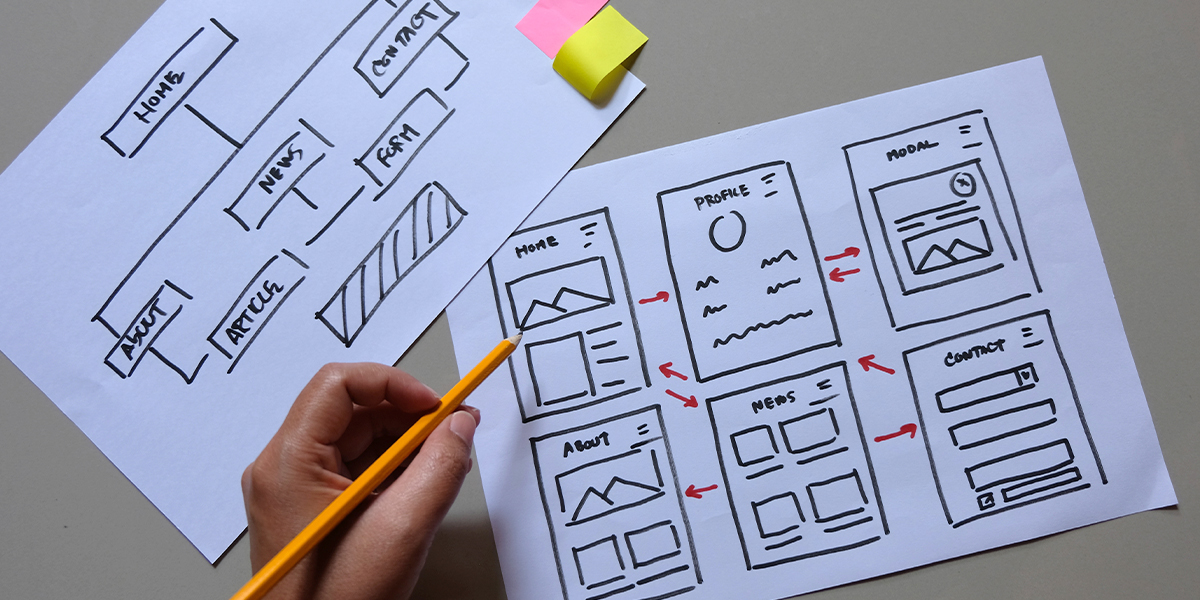
If you want to establish an e-commerce store and are uncertain about how to begin, this article is here to assist. You’ll find here a set of simple rules to help you commence. It will also show you what themes you should pick, how to build a product page and guidelines on avoiding unnecessary icons.
Choosing a theme for your ecommerce site
When selecting an ecommerce theme for your store, you need to ascertain that it suits your enterprise. Additionally, it should be effortless to navigate, particularly on handheld devices. Fortunately, there are numerous alternatives available on the market.
A product catalogue is an imperative feature for any ecommerce site. It lists all items for sale in the store and having a suitable theme can contribute to increased sales.
Your theme ought to be able to accommodate an attractive hero image. It should be displayed nicely on all digital devices, including mobiles and desktops, and you should consider if the theme provides zooming options for customers to see the products they are interested in more closely.
A theme for your ecommerce store needs to be lightweight and straightforward, so customers don’t feel overwhelmed. Opt for one that has been built with search engine optimisation in mind for the best results.
When you are looking for a suitable theme, one aspect to look at is how it interacts with other plugins. You can read up on this on the website.
If your theme doesn’t come with any assistance, the developer can help with any issues. It may be more prudent to select one that has a discussion board for queries though.
Choosing the right theme for your ecommerce store can be tricky, but if you do some research, you can pick a winner. Take a look at industry standards and consider the design, layout, and typography that best fits your store.
Lastly, contemplate if the theme has a product filtering system. This kind of tool can be useful for customers to narrow their search and help boost online sales.
How To Create An E-Commerce Product Page That Converts Higher
Ecommerce websites should craft product pages that attract customers. Clear and concise descriptions, technical specifications, and features should all be included. Additionally, providing multiple photos and videos is preferred. Shopify apps make constructing such a page quite simple.
Including a sizing chart when selling hair extensions is beneficial as it helps shoppers figure out what size they need. It can also reduce returns.
Videos have the potential to provide more clarity about complex products, as well as being an attractive selling point to customers.
Before creating videos, you should verify that your page is up to the task by using proper image sizes and positioning. Additionally, a 360-degree photo can be used to construct an immersive experience.
A product page should feature a sizing chart, videos, and animated graphics to give potential customers the best experience possible, while at the same time offering an opportunity to promote your brand. The advantages of such design choices could include an increase in conversion rates and profits.
A further way to market your products is to exhibit reviews from prior clients. 81 percent of shoppers place confidence in the guidance of their peers and family members. To amplify the advantages of a referral system, you should offer incentives for referring customers.
A successful product page has to be simple to navigate, with a valid sizing chart and an efficient navigation system. But, the most important factor is providing your customers with an enjoyable shopping experience.
Avoiding confusing icons
Designing an ecommerce interface with clear icons can help users feel less overwhelmed. This can be achieved by creating symbols that are recognizable and straightforward. Additionally, adding cues to indicate how the customer should interact with elements on the page will contribute to a smoother user experience.
To prevent users from becoming confused by the icons, it is best to check your design on various sizes of screens; this will guarantee that individuals understand exactly what they’re viewing. In addition, brighten up your text to make it easier to read.
Icons are useful, but they shouldn’t be used in place of text labels. Making the labels clear makes it simpler to complete any kind of process.
Deciding which interface elements are most important is a demanding task. Take for instance, a magnifying glass icon that stands out next to the search bar while a phone icon could be associated to a call button and a shopping cart icon works well in stores to immediately signify your offerings.
Finally, accuracy is key when it comes to choosing your icons. It’s not only important for the icons to look good, but also that they serve their purpose.
When deciding on an icon for your ecommerce designs, think about what the average user would do. Combining simple, minimalistic graphics with well-crafted text will create a strong visual identity that also reduces the risk of customers misunderstanding your offerings.
Be sure to research what industry standards are, so that your icon will be in line with them. Not doing so could cost you customers and potential future business.
How to Create an Experience on Your Website
An ecommerce business cannot succeed without well-crafted product pages. These should feature clear descriptions, detailed product features, and links to purchase the item. If your business fails to provide this information, customers will take their money elsewhere, shrinking your market share and ultimately damaging sales.
Product pages need to be put together in an effective way, providing detailed answers to questions asked and including a sizing chart, so shoppers can find the correct fit. Well-crafted product videos can also boost conversions.
Creating a product page that replicates an in-person shopping experience can be achieved through various means. For instance, providing social proof – such as customer testimonials, reviews or influencer marketing – can help drive sales. Additionally, referral programs can be used to offer incentives to new customers and live chat on the site can give them an opportunity to speak with a representative without the need for calling.
No matter whether you are a web-based shop or a physical store, having an engaging product page is essential for your business to thrive. By featuring identifiable images, videos and descriptions of your items, it will help customers imagine how the products look like and be motivated to make a purchase.





